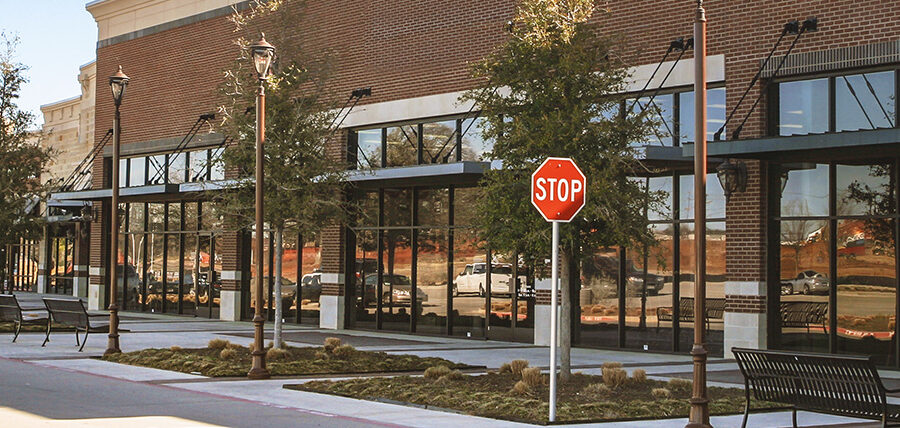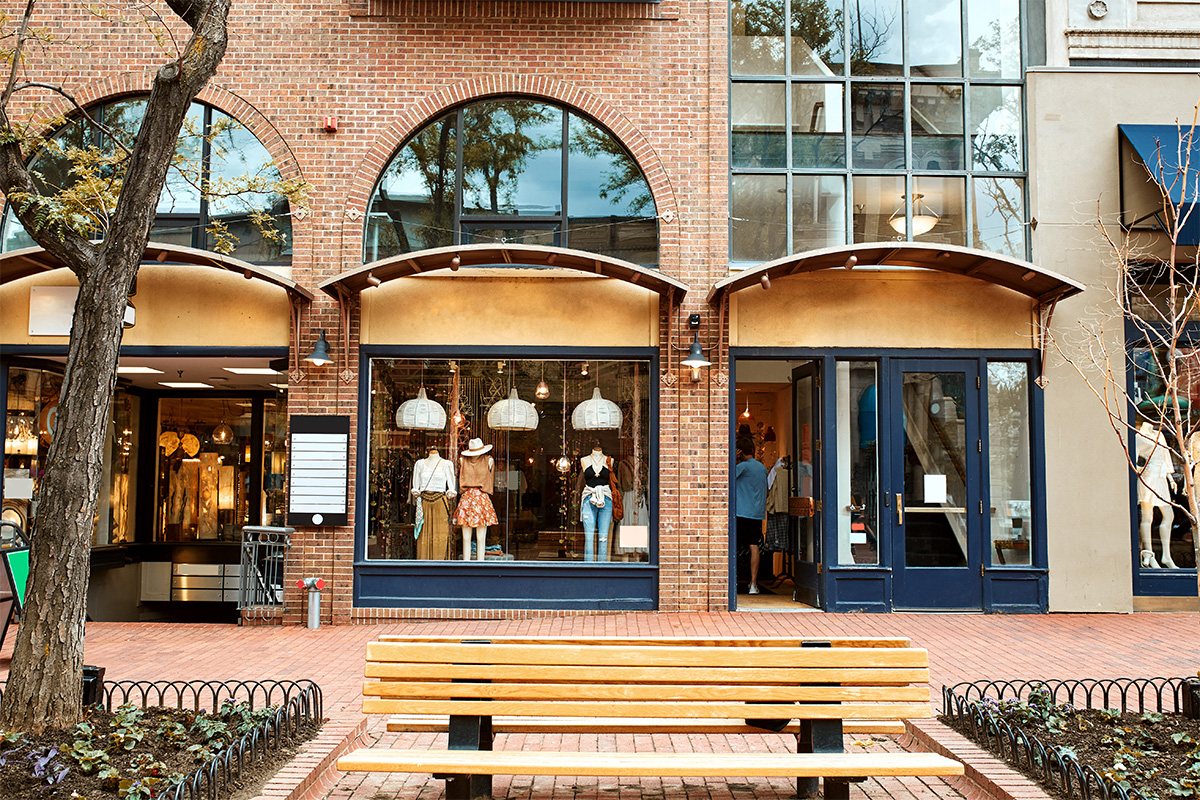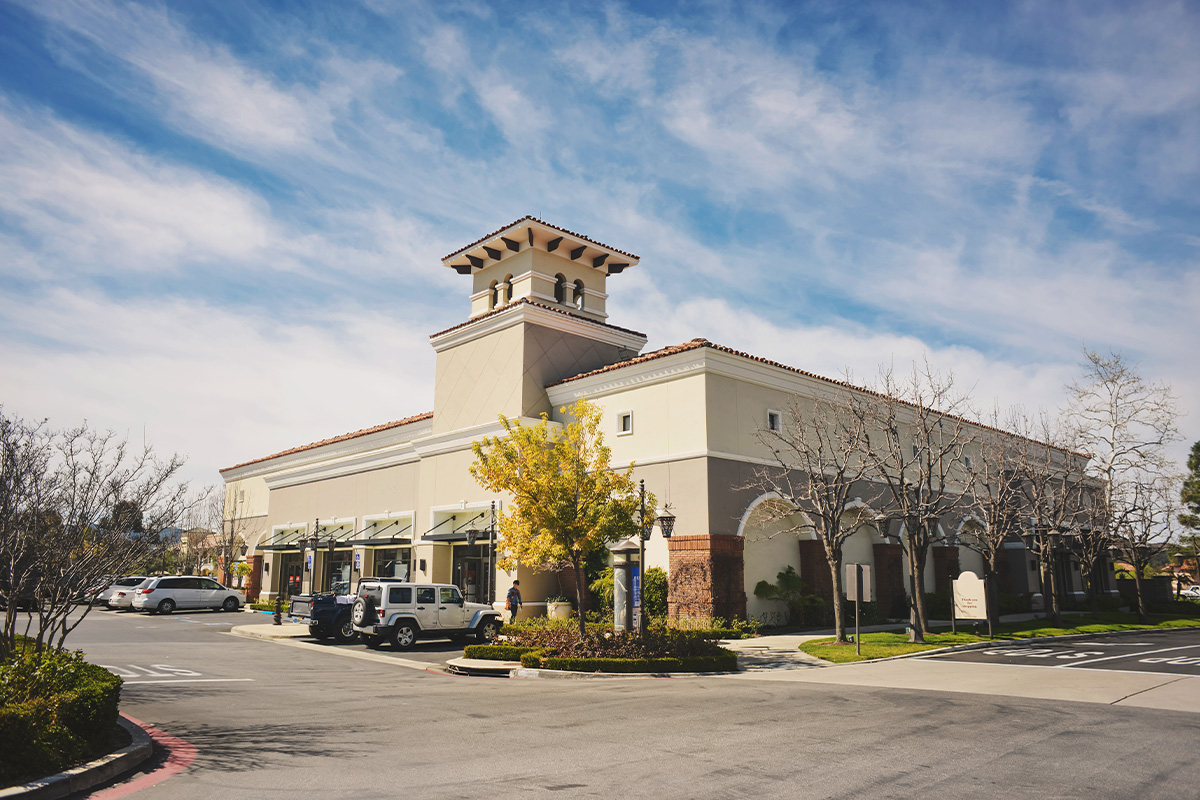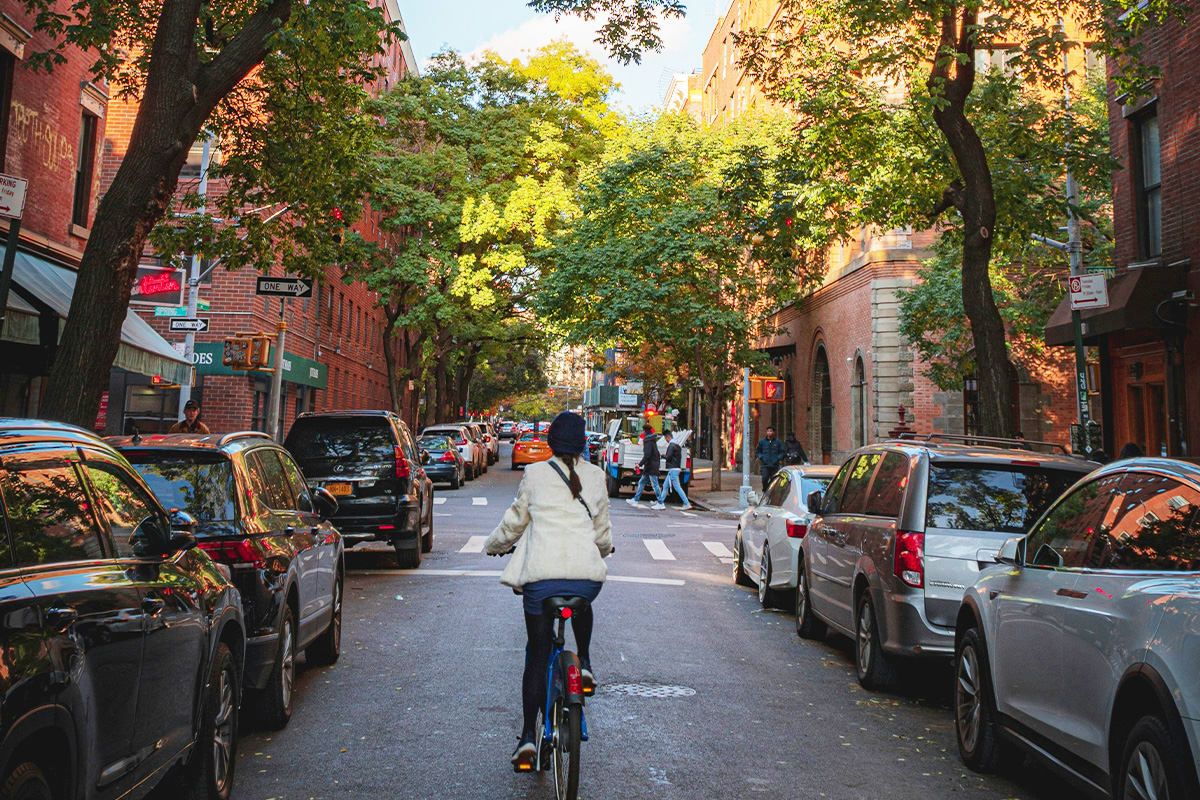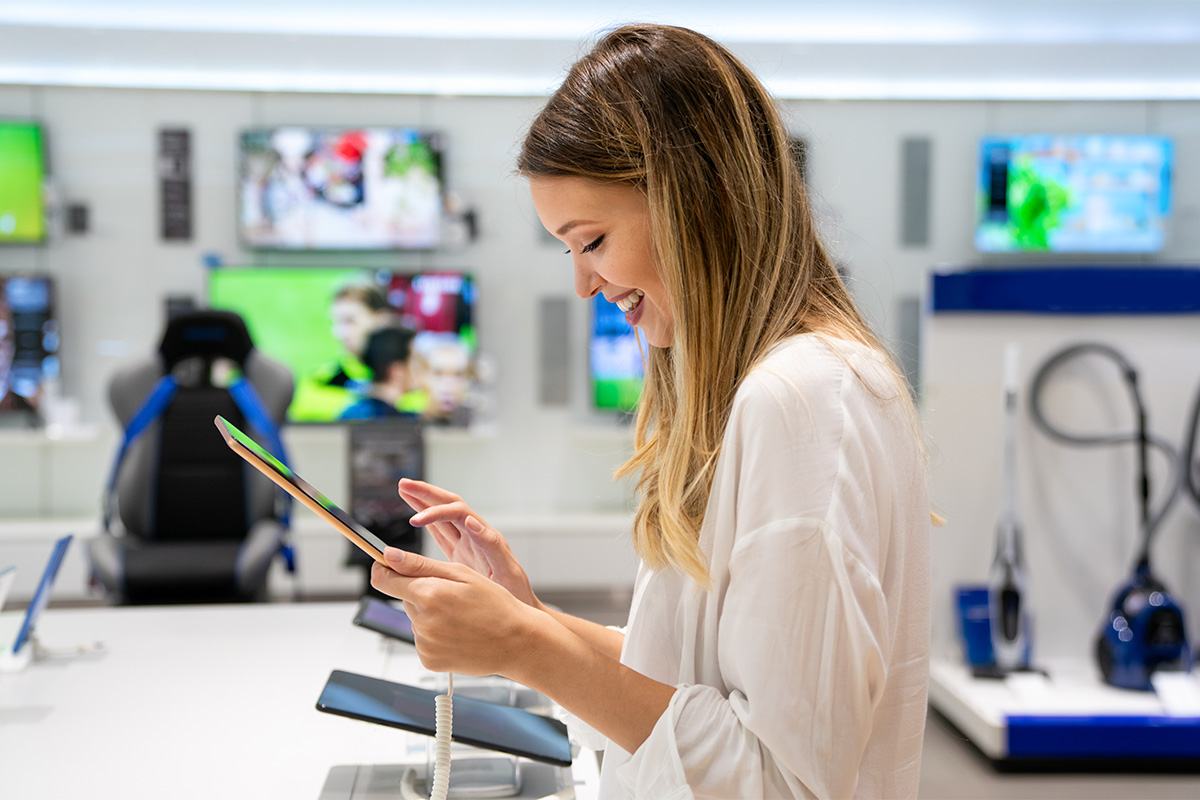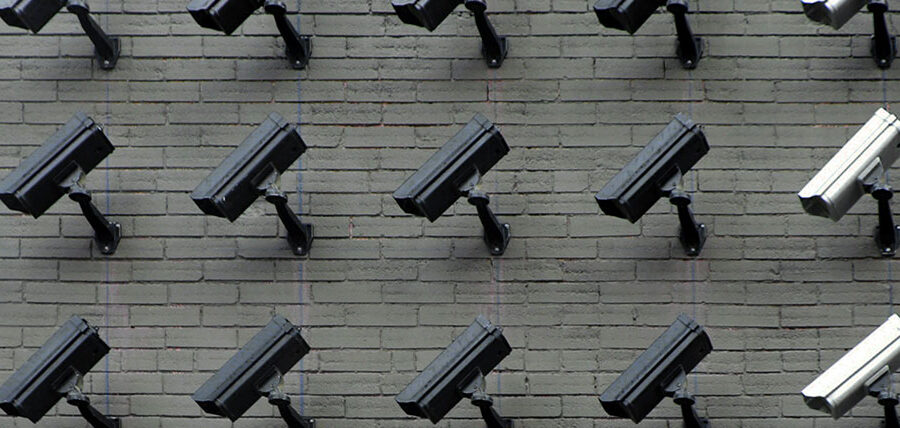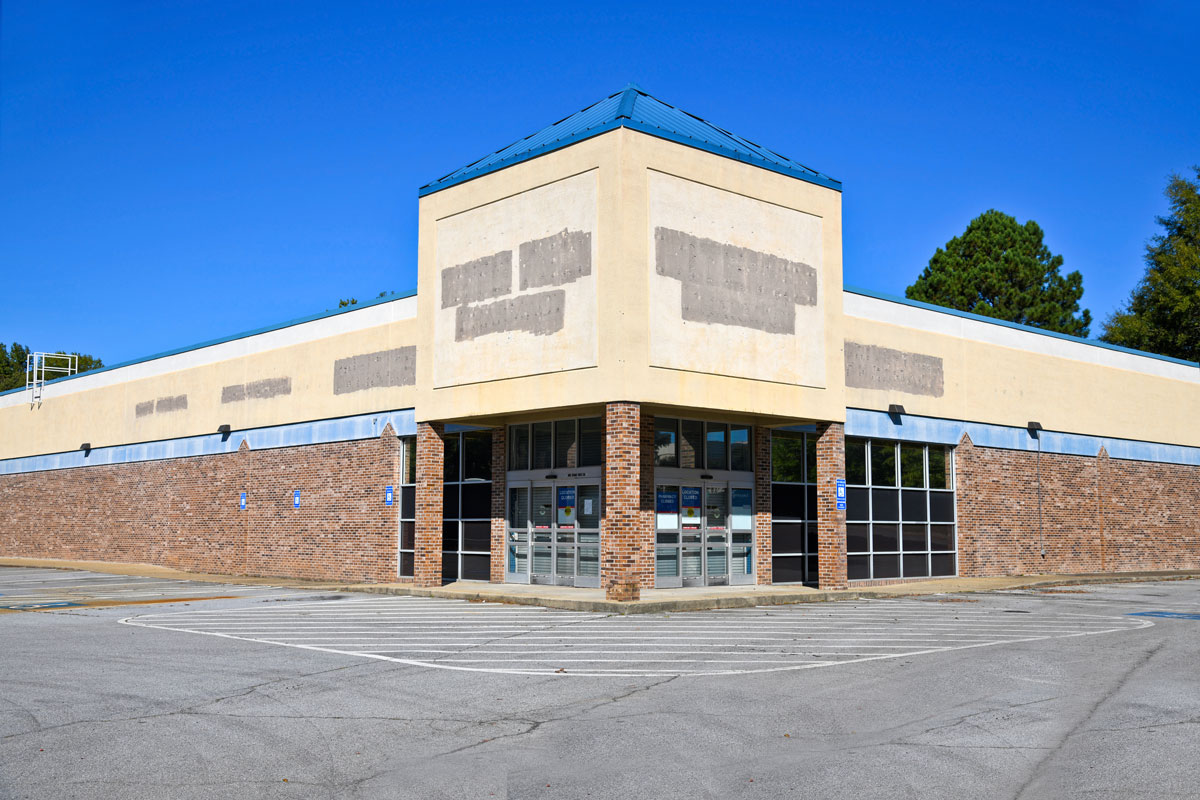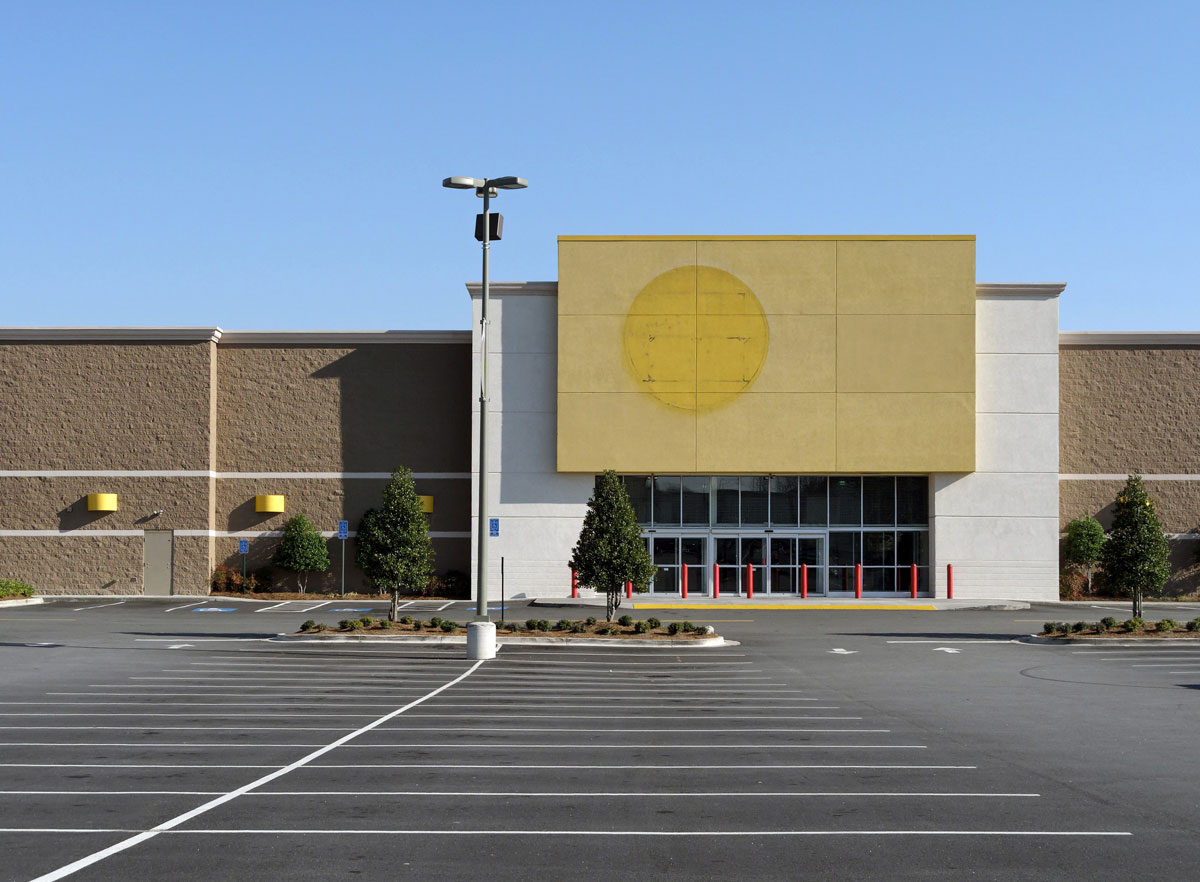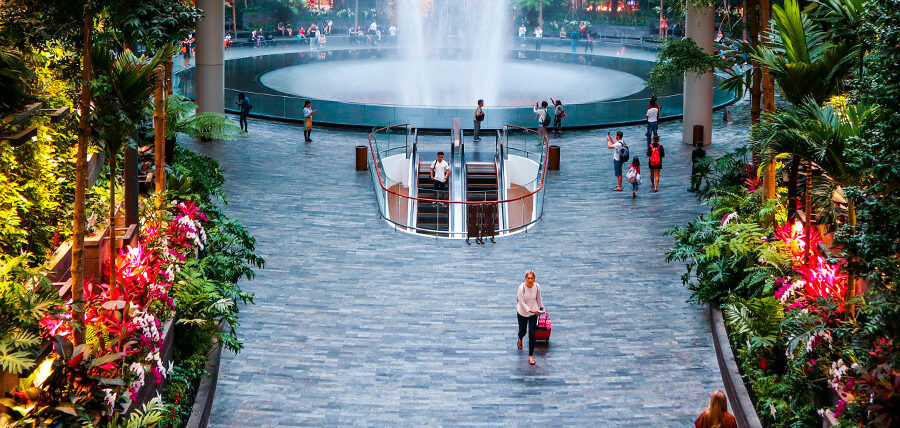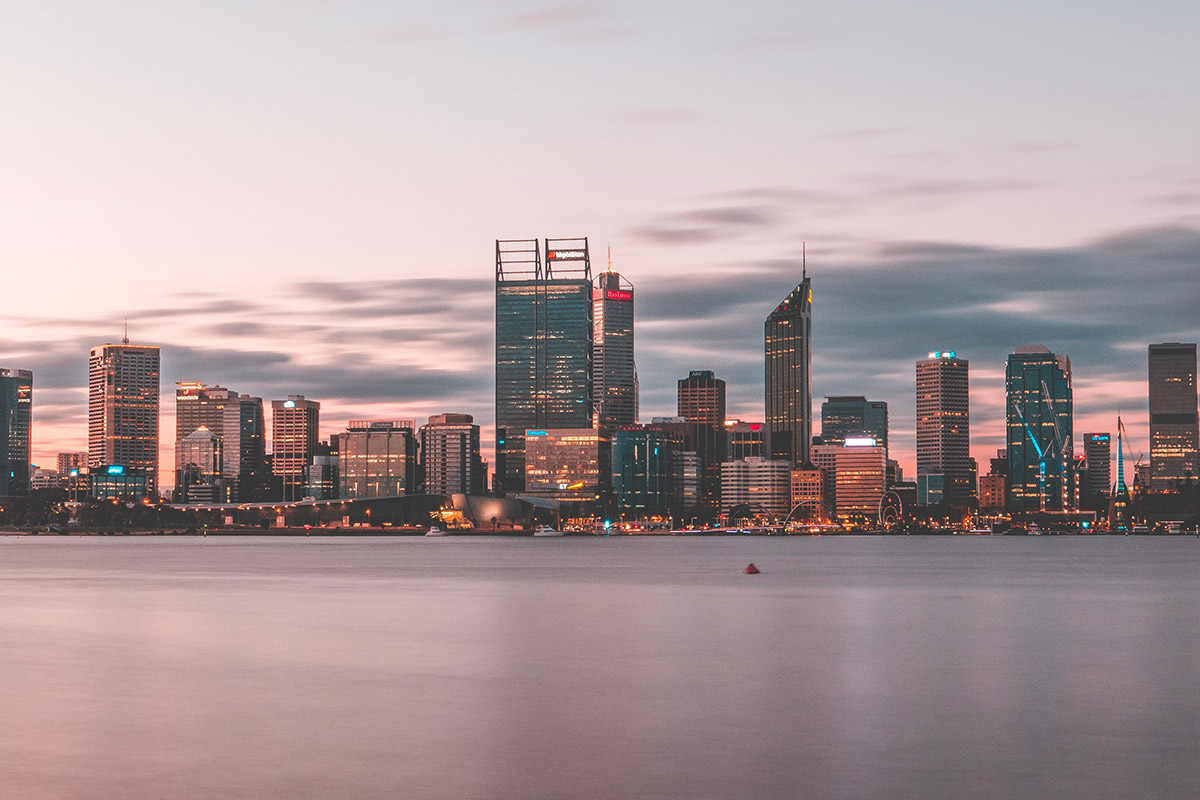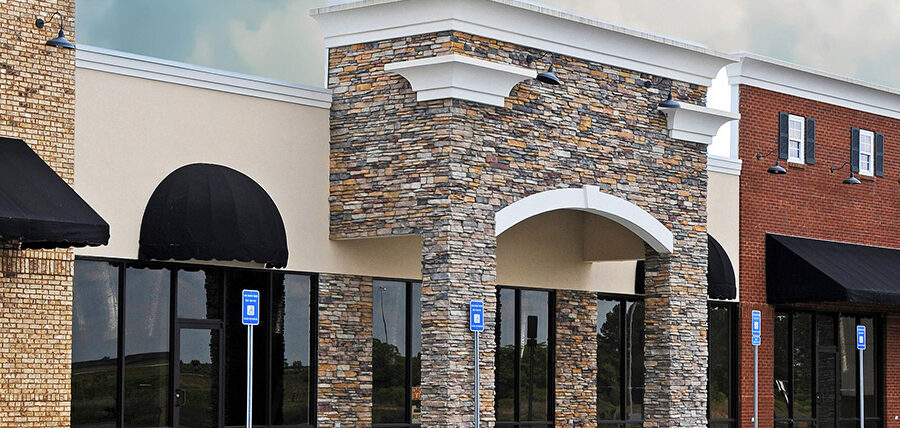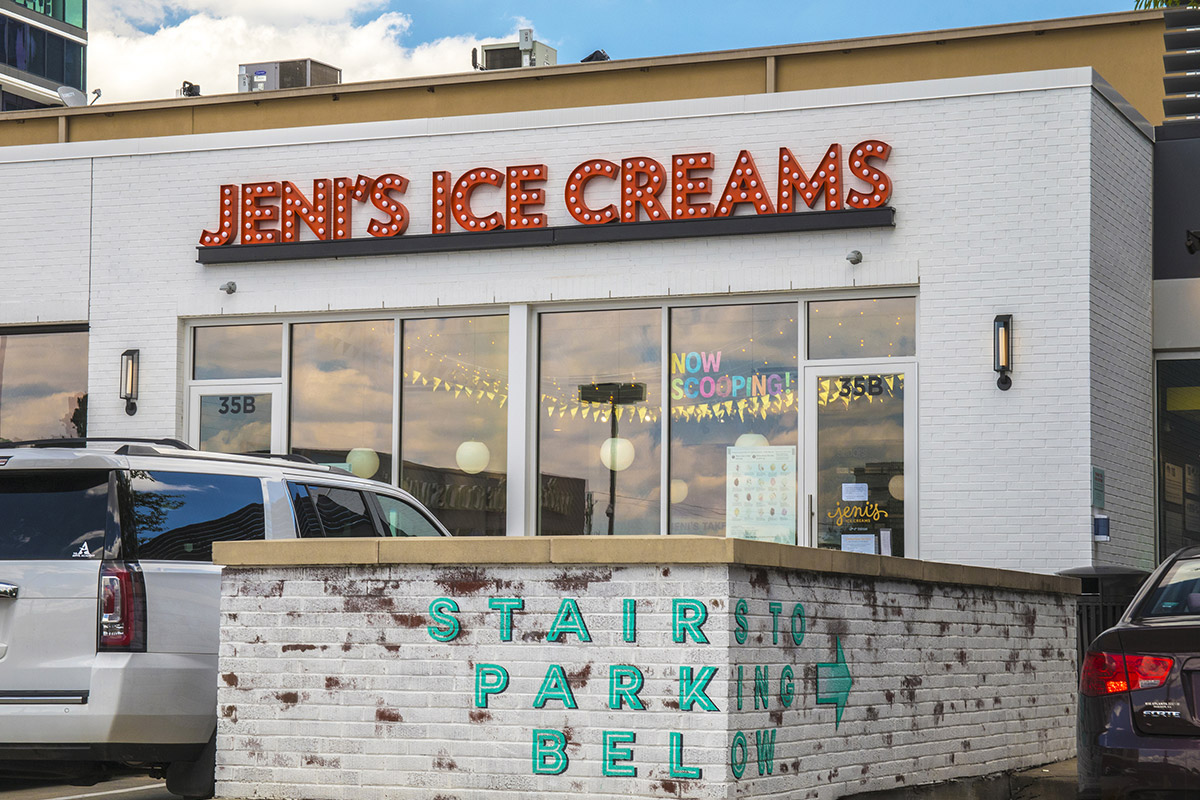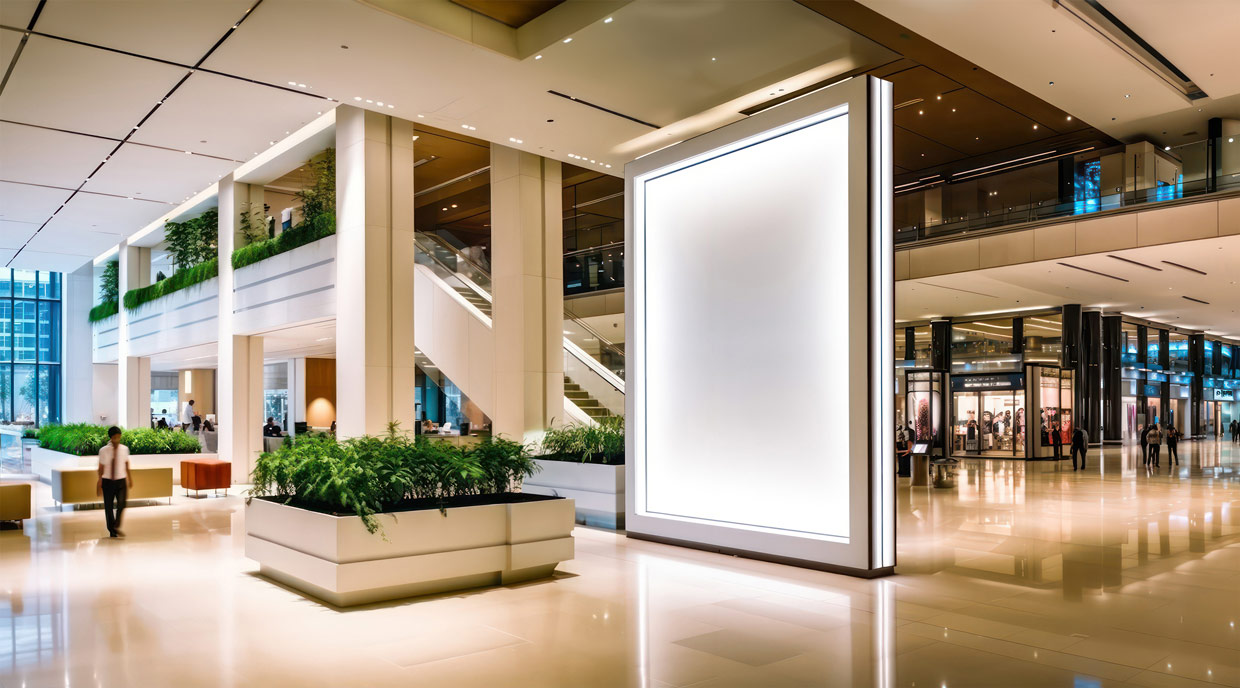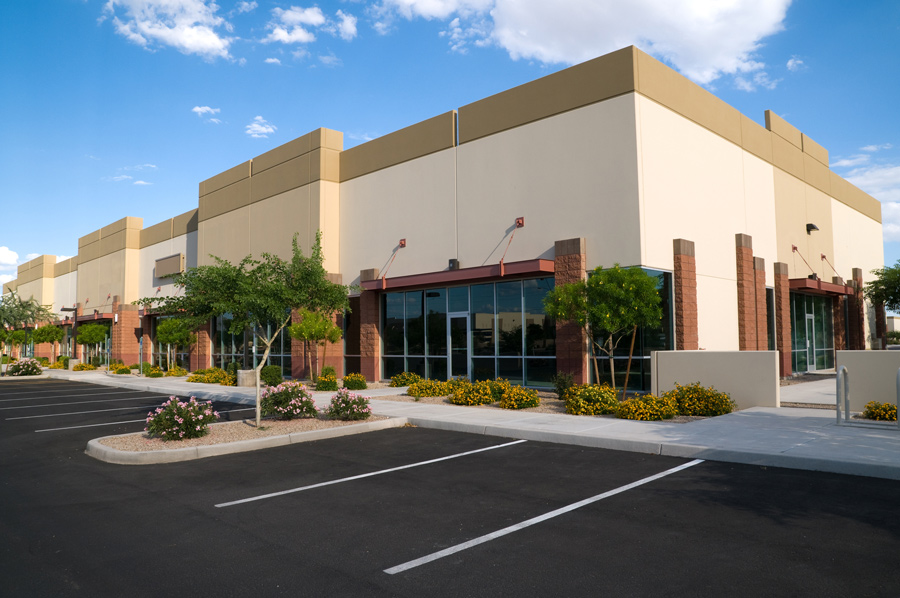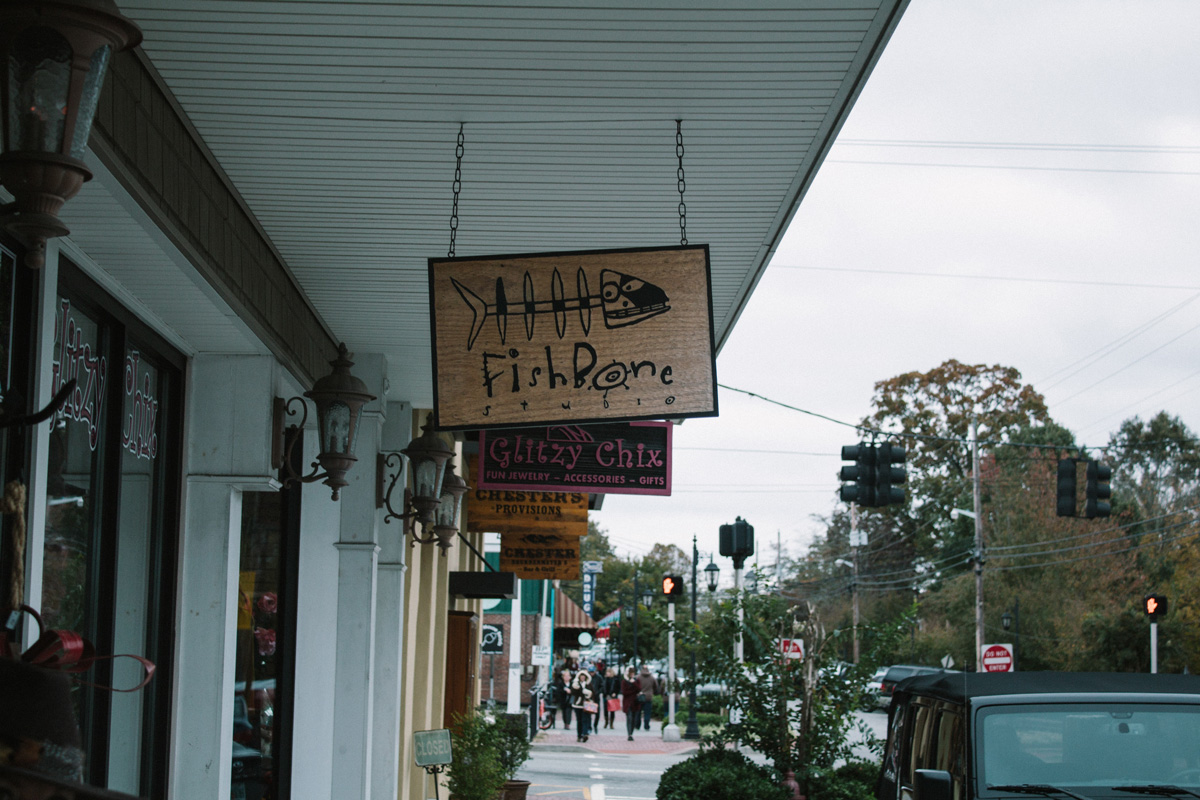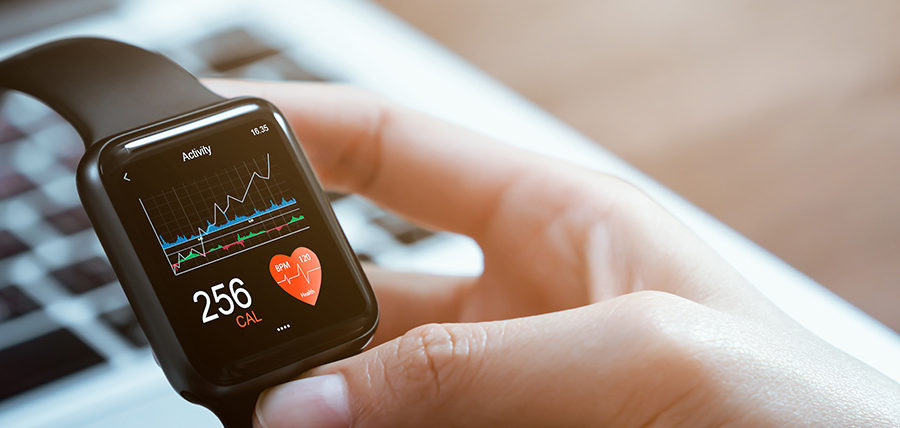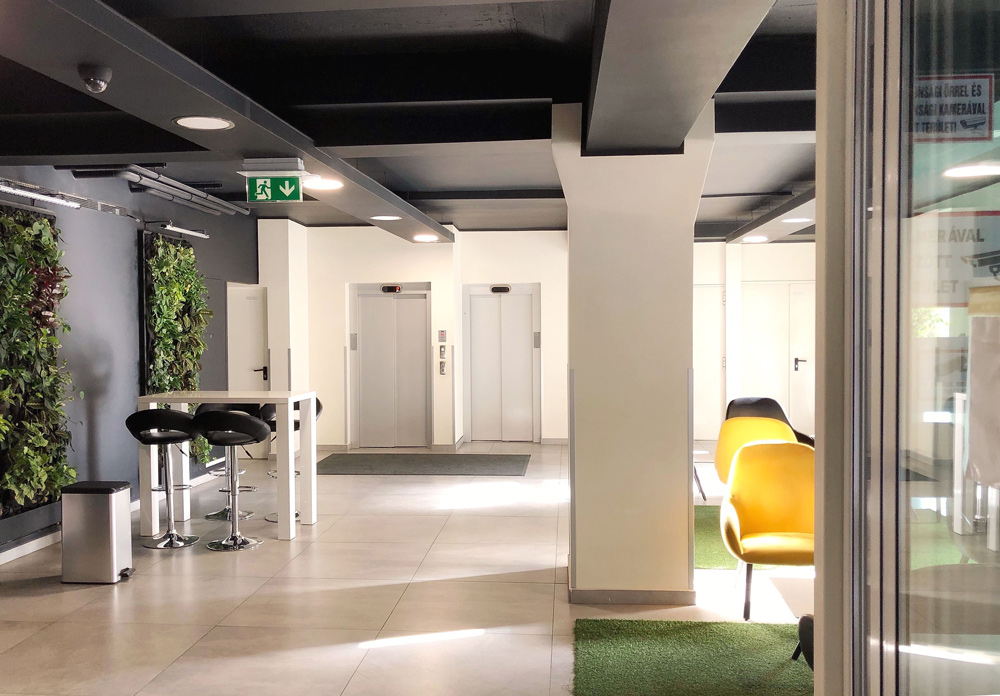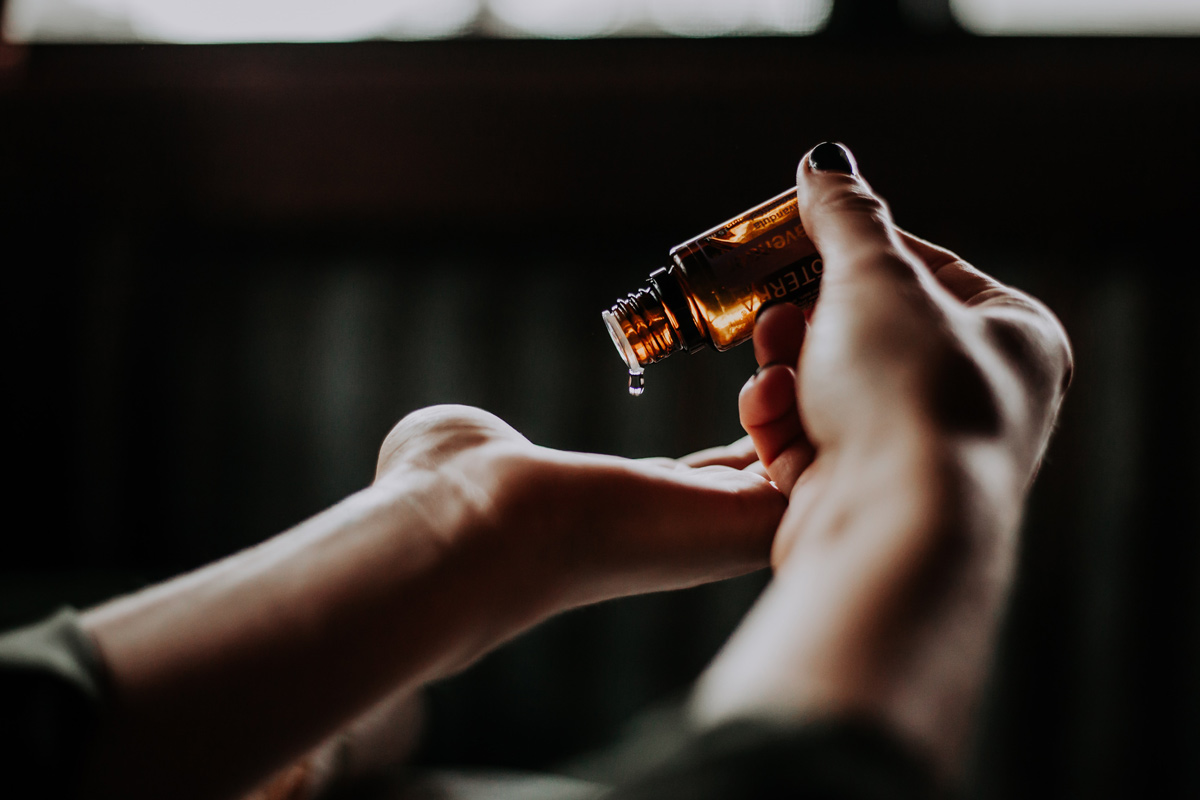share this article
If you’ve been anywhere near a retail boardroom in recent weeks, you’ve felt the tension.
Tariffs are rising—again. Supply chains, already restructured post-COVID, are being tested once more. Freight costs remain stubbornly elevated. And now, with new duties slapping not just Chinese imports but key partners like Vietnam and Bangladesh, it feels as if the ground is shifting underfoot.
At first glance, this may look like a tariff crisis. And for retailers caught flat-footed, it certainly is. But for those who are agile, well-capitalized, and clear-eyed about the long-game mindset, this moment could be something else entirely.
A once-in-a-decade opportunity.

A Familiar Shock, A New Landscape
Economic shocks are nothing new to retail. From the Great Recession to the U.S.–China trade war, and of course the unprecedented disruption of COVID-19, the industry has seen how quickly the rules can change. What’s different this time is the scope and simultaneity of challenges—the tariff crisis hitting multiple countries at once, rising input and labor costs, and a value-driven consumer who’s still spending, but watching every dollar.
And yet, it’s precisely in these conditions that some of the most successful retail transformation stories have been written. As Steve Morris, founder of Asset Strategies Group, reminded us in a recent conversation, the retailers that come out stronger are rarely the ones that simply “weather the storm.” They’re the ones who move—carefully, yes, but decisively—into the void others leave behind.
The Shift in Power
Right now, we’re seeing a quiet but meaningful shift in leverage. Landlords, many still recovering from the post-COVID shakeout, are more open than they’ve been in years to renegotiating leases. Retailers that once struggled to secure premium real estate are suddenly finding opportunities to lock in prime space—at favorable terms and with long-term real estate leverage.
Brands with stable balance sheets and vision can begin expanding with less competition and lower occupancy costs. This isn’t about reckless growth; it’s about strategic placement. As Morris put it, “This is a buy-in opportunity”—not just for real estate, but for market share itself.

The Supply Chain Reset—Again
Sourcing, too, is undergoing a second evolution. Many retailers had just finished pivoting away from China in the wake of the 2018–2019 trade war. Now, with tariffs spreading across Southeast Asia, the old “China+1” playbook is being revised in real time. The new model? Something closer to “China+N+Nearshoring.”
This might seem like a step backward. It’s not. It’s a progression—toward a more resilient, decentralized, and strategically balanced supply network. Retailers that move now to secure production capacity in less-affected regions will have the edge. Those who wait could find themselves at the back of the line when the next sourcing crunch hits.
The Curious Strength of the Consumer
Amid all this tariff crisis turbulence, one surprise remains: the consumer hasn’t stopped spending.
In fact, some categories are seeing a surge in preemptive buying, as shoppers try to stay ahead of anticipated price increases. It’s a behavior that mirrors early-pandemic stockpiling—not from fear, but from foresight. Retailers that lean into this behavior with strategic pricing, loyalty perks, and thoughtful messaging are finding they can keep the momentum going.
What’s clear is that consumers are more value-driven than ever. But value doesn’t just mean low price. It means trust. Transparency. The confidence that what they buy is worth what they spend.
For brands that understand this, there’s an opportunity to build loyalty that lasts well beyond this moment.

Investing When Others Retreat
In uncertain times, it’s natural to focus on defense. But history—and recent conversations with industry veterans—suggest that the biggest long-term wins often come from a different posture: thoughtful offense.
While many brands are freezing capital, others are making bold bets. Investing in automation, strengthening omnichannel infrastructure, enhancing the in-store experience—these are the moves that will define the next generation of leaders. Retailers like Target and RH are already ahead of the curve, having made proactive sourcing and technology investments before the current wave of tariffs hit.
And then there’s M&A. As smaller players struggle under the weight of rising costs and capital constraints, well-funded retailers have a window to acquire talent, product lines, or even entire brands at a discount. Retail consolidation is already underway—and for those prepared to act, this may be the cheapest growth capital available.
A Defining Test of Leadership
The truth is, this tariff moment is about more than duties and dollars. It’s about how leaders respond when the path forward is murky. Will they retreat, play it safe, and wait for clarity that may never come? Or will they look through the volatility and see what’s being offered—a strategic realignment of the retail landscape?
No one is saying this is easy. The risks are real, and the costs are high. But so is the potential upside.
Because when everyone else is pulling back, staying steady isn’t enough. The brands that win will be the ones that step forward—carefully, yes, but confidently.
The question for every retail CEO in 2025 isn’t just how to survive the tariff crisis.
It’s how to turn it into their greatest opportunity yet.



